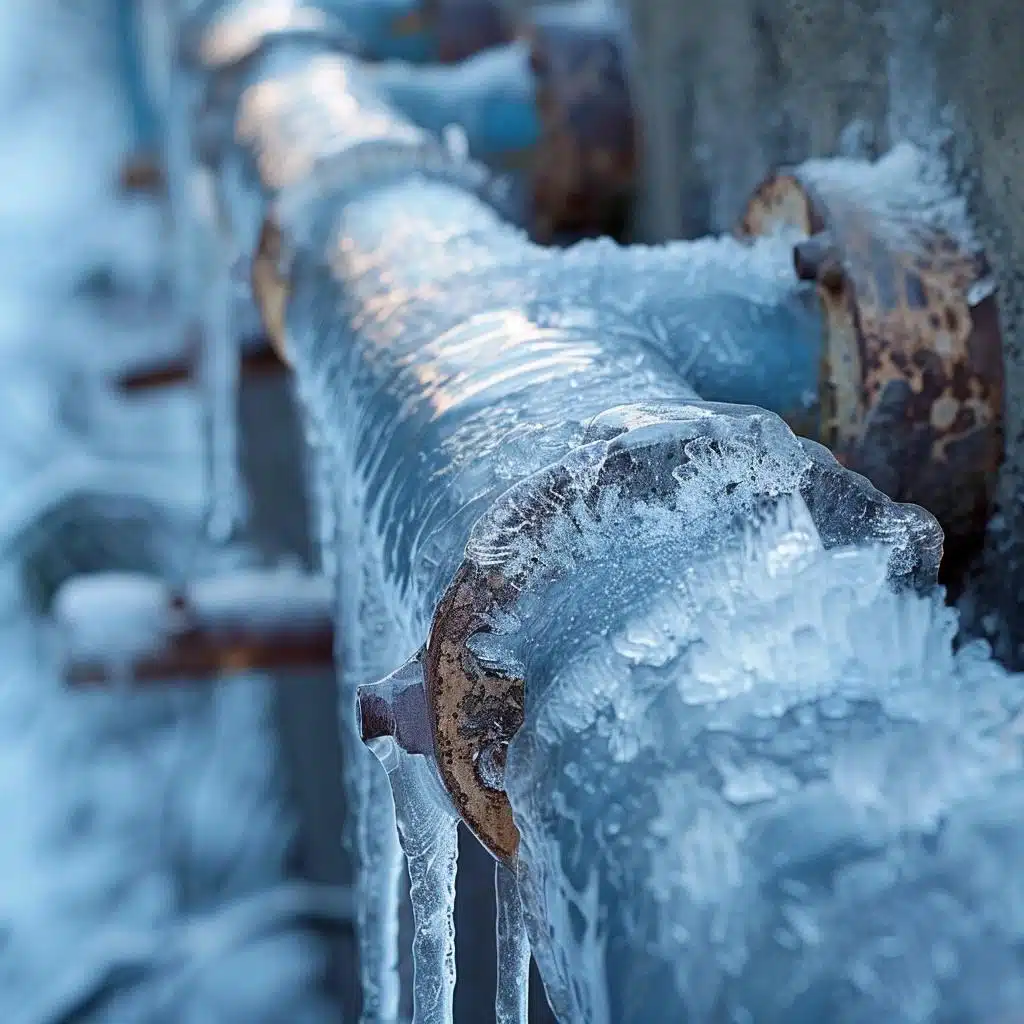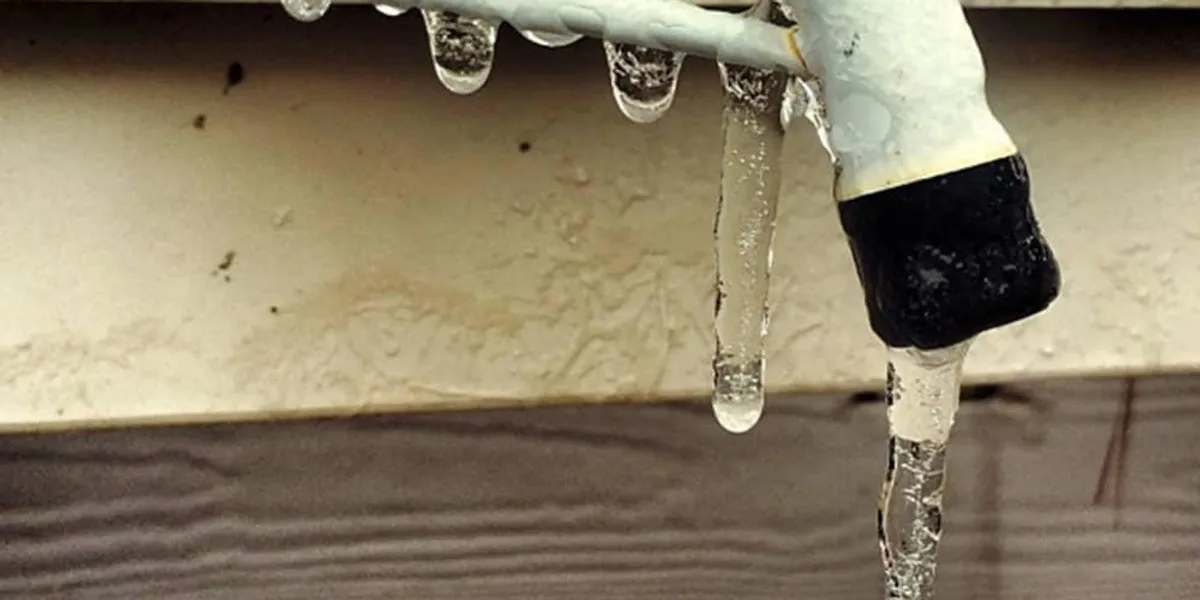Protecting Pipes from Cold Weather: Top Tips
Protecting Pipes from Cold Weather: Top Tips
Blog Article
In this article down the page you can locate a bunch of sound insight pertaining to How to Prevent Your Pipes From Freezing.

Cold weather can damage your pipes, especially by freezing pipes. Right here's how to prevent it from taking place and what to do if it does.
Intro
As temperatures decrease, the danger of icy pipes increases, potentially leading to costly repairs and water damages. Understanding how to stop icy pipelines is essential for property owners in cool climates.
Prevention Tips
Insulating at risk pipelines
Wrap pipelines in insulation sleeves or utilize warmth tape to shield them from freezing temperatures. Concentrate on pipelines in unheated or external locations of the home.
Home heating strategies
Maintain interior rooms sufficiently warmed, particularly locations with plumbing. Open closet doors to enable warm air to circulate around pipelines under sinks.
Exactly how to determine icy pipelines
Look for reduced water flow from faucets, uncommon odors or sounds from pipes, and noticeable frost on revealed pipes.
Long-Term Solutions
Structural changes
Consider rerouting pipelines away from outside wall surfaces or unheated locations. Include additional insulation to attics, basements, and crawl spaces.
Upgrading insulation
Purchase high-grade insulation for pipes, attic rooms, and walls. Correct insulation helps preserve consistent temperatures and lowers the threat of icy pipes.
Safeguarding Outside Plumbing
Yard hose pipes and outdoor faucets
Separate and drain pipes garden hoses before winter season. Mount frost-proof spigots or cover outdoor taps with shielded caps.
Comprehending Icy Pipes
What triggers pipes to ice up?
Pipes ice up when exposed to temperatures listed below 32 ° F (0 ° C) for extended periods. As water inside the pipelines ices up, it broadens, putting pressure on the pipe wall surfaces and potentially causing them to break.
Risks and problems
Frozen pipelines can bring about water supply disturbances, residential or commercial property damages, and pricey repair work. Ruptured pipelines can flood homes and cause considerable structural damage.
Indicators of Frozen Pipeline
Determining frozen pipes early can stop them from rupturing.
What to Do If Your Pipelines Freeze
Immediate actions to take
If you think icy pipes, keep faucets open up to ease stress as the ice thaws. Use a hairdryer or towels soaked in hot water to thaw pipelines slowly.
Final thought
Stopping frozen pipelines calls for aggressive procedures and fast feedbacks. By recognizing the causes, indications, and safety nets, homeowners can safeguard their plumbing throughout cold weather.
5 Ways to Prevent Frozen Pipes
Drain Outdoor Faucets and Disconnect Hoses
First, close the shut-off valve that controls the flow of water in the pipe to your outdoor faucet. Then, head outside to disconnect and drain your hose and open the outdoor faucet to allow the water to completely drain out of the line. Turn off the faucet when done. Finally, head back to the shut-off valve and drain the remaining water inside the pipe into a bucket or container. Additionally, if you have a home irrigation system, you should consider hiring an expert to clear the system of water each year.
Insulate Pipes
One of the best and most cost-effective methods for preventing frozen water pipes is to wrap your pipes with insulation. This is especially important for areas in your home that aren’t exposed to heat, such as an attic. We suggest using foam sleeves, which can typically be found at your local hardware store.
Keep Heat Running at 65
Your pipes are located inside your walls, and the temperature there is much colder than the rest of the house. To prevent your pipes from freezing, The Insurance Information Institute suggests that you keep your home heated to at least 65 degrees, even when traveling. You may want to invest in smart devices that can keep an eye on the temperature in your home while you’re away.
Leave Water Dripping
Moving water — even a small trickle — can prevent ice from forming inside your pipes. When freezing temps are imminent, start a drip of water from all faucets that serve exposed pipes. Leaving a few faucets running will also help relieve pressure inside the pipes and help prevent a rupture if the water inside freezes.
Open Cupboard Doors
Warm your kitchen and bathroom pipes by opening cupboards and vanities. You should also leave your interior doors ajar to help warm air circulate evenly throughout your home.

I'm certainly very interested by 6 Ways to Prevent Frozen Pipes and I am praying you enjoyed our entry. Are you aware of anybody else who is fascinated with the niche? Please feel free to promote it. Thanks for being here. Please check up our blog back soon.
Visit My Site Report this page